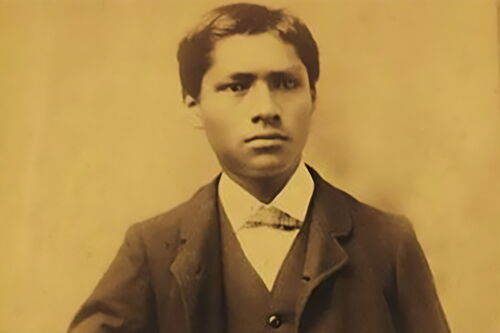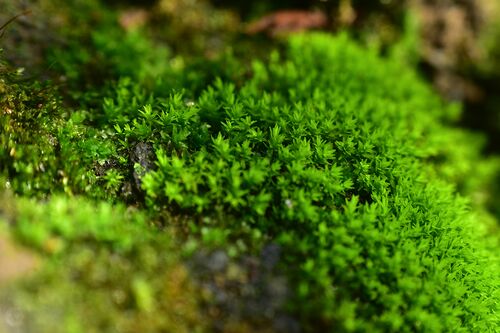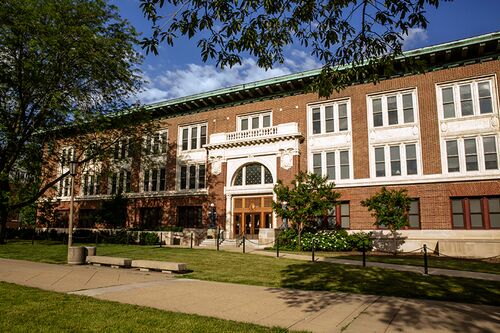Classics professor uses 3-D technology to answer an ancient question
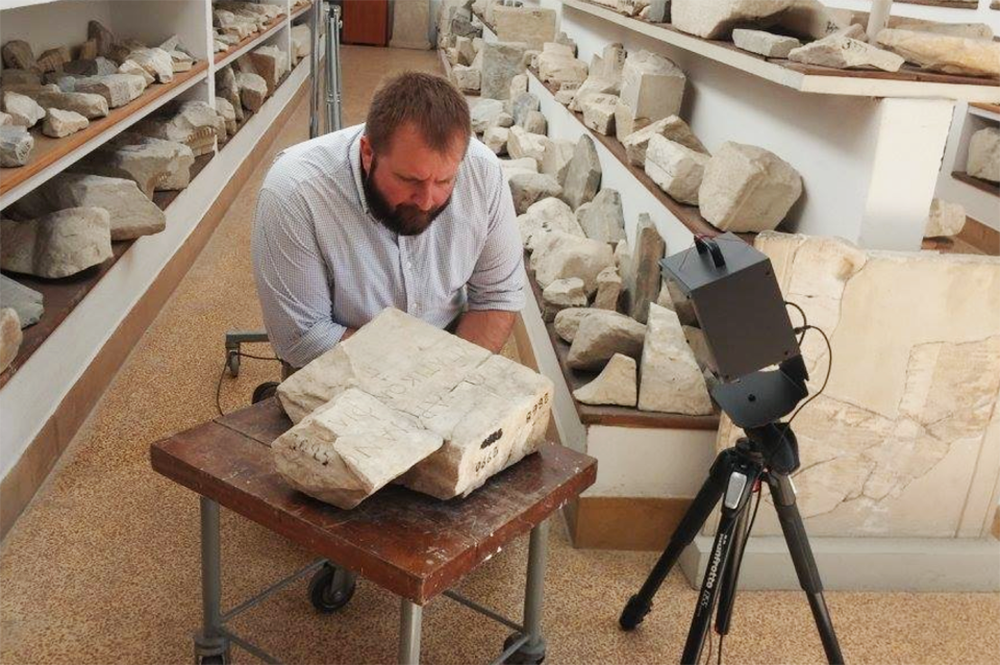
For Daniel Leon, professor of classics, a recent discovery about ancient life in Athens occurred because of what he calls “serendipity”—and a bit of 21st century technology.
Leon was going to the Greek city to examine a couple of transcriptions when he learned that his colleague, Professor K.A. Rask of Duquesne University, was heading there separately to work on a project involving 3D scanning of archeological contacts. And just like that, Leon stumbled into a unique opportunity.
“Because I was doing inscriptions, and she hasn’t worked much with inscriptions, it was a good chance to try something new,” Leon said.
Using reflectance transformation imaging and 3D scanning technology, Leon was able to look closer at the past as he examined ancient Greek inscriptions related to Arrian of Nicomedia, a prominent figure who lived in the second century and was known for his historical record of Alexander the Great.
Alongside Rask, Leon utilized the new technology to view an inscription and the base of a statue dating back to the second century with new clarity.
“In the old days people used to take what’s called a ‘squeeze’ and cover inscriptions with wet paper and wack at it with a brush and then take the paper away with you,” Leon said. “This technology is something that I think could be really helpful in terms of recording large amounts of information that can be easily shared in a way that doesn’t hurt anything. Now that I know how it works, I wouldn’t hesitate to do it again in a circumstance where the text was a little harder to read.”
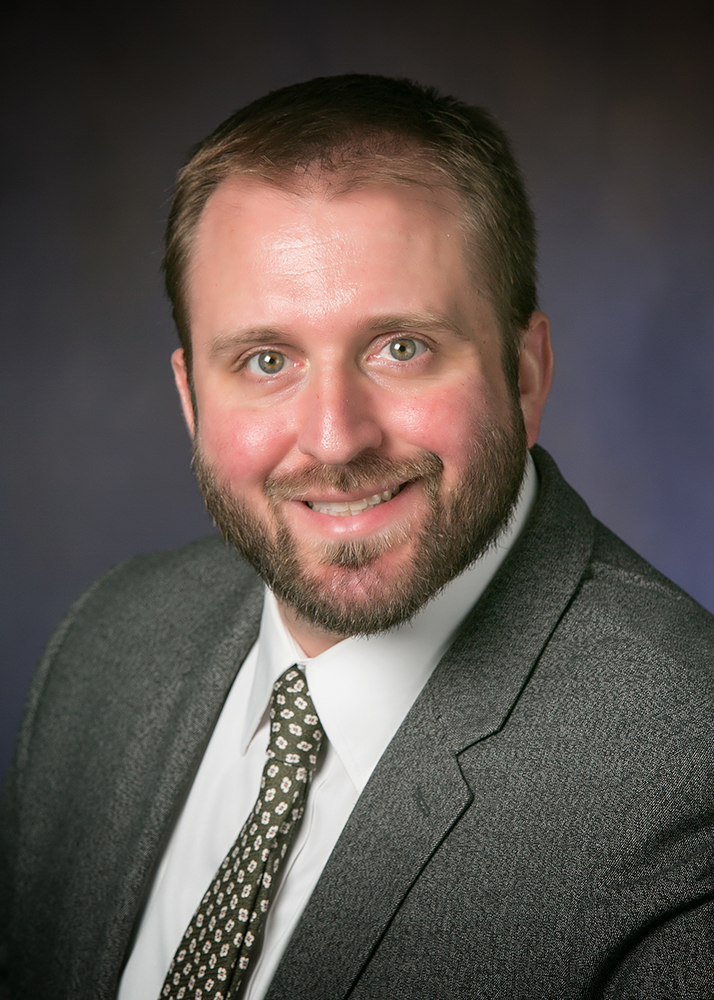
The 3D scanning uses lasers that are run over the text, which lessens the chance of damaging the artifact. Because inscriptions are usually on stone-like surfaces, the indents are measured and sent to 3D models on the computer allowing for better overall comprehension of the items.
“For example, is this a carved channel, or is it a crack in the stone?” Leon said. “The 3D scan allows for very precise measurements, so you can say, ‘This looks like a carved channel, but you can see it’s 160 percent of the depth of the carved channel, so it’s probably just a crack.’”
While examining the base of a statue with this 3D technology, Leon was able to solve part of a centuries-old mystery — Arrian’s first name.
“There is one particular inscription that is mostly clear, but has one letter that is very difficult to read and it’s a key letter,” Leon said. “It gives us part of Arrian’s first name, which is otherwise unknown.”
While Leon didn’t find the entirety of Arrian’s first name, he determined it to start with an “A” or an “L” as was carved on the base of the statue (that was missing its figure).
“Arrian’s first name is abbreviated as a single letter, either an L or an A, which tells us a little something about his family’s history and how they gained Roman citizenship,” Leon said.
Leon is currently working on book focused on Arrian’s theoretical approach on how to interpret Greek history. Arrian studied Alexander the Great, the ancient Macedonian king who lived from 356 – 323 BC and is considered one of the greatest military commanders in history. During Arrian’s career, the study of Alexander the Great was an extremely saturated field, and Arrian took on the topic just to prove how good of a historian he was, Leon said. In many texts, Arrian articulates the best way to study the Greek past.
“We don’t have anyone who is that theoretically focused on the Greek past,” he said.
While in Athens, Leon, with Rask’s help, also utilized reflectance transformation imaging, which is a means of capturing a photograph of something at different angles and then combining the image into one so that it can be viewed in different lighting and angles all on the same screen.
“When the shadows change, you can see the contour of the stone much better – it really comes alive and you can see things you could never see in a normal photograph. It’s also cheap and portable, all you need is a tripod and a light,” Leon said.
Leon took pictures of a few inscriptions using this technology, which he says will be instrumental in the future to share information with those in the classics field. He also may have discovered a portrait of Arrian himself — though there currently isn’t one on record. Still, Leon can’t be certain.
“What I did get for certain is a whole, huge number of great photographs that I can use for further research as I try to pull this book together,” Leon said.
While Leon’s trip to Athens was revealing, he said the possibilities going forward are endless when using this technology. He is considering publishing a supporting article along with his book about the application of these highly sophisticated and technological methods in the study of Greek inscriptions.
“It is becoming more common, but it’s not a normal thing,” Leon said. “3D scanning has been used with art more than letters. So this would be a way to inspire a new research method.”
The Department of the Classics is part of the School of Cultures, Literatures, & Linguistics.






